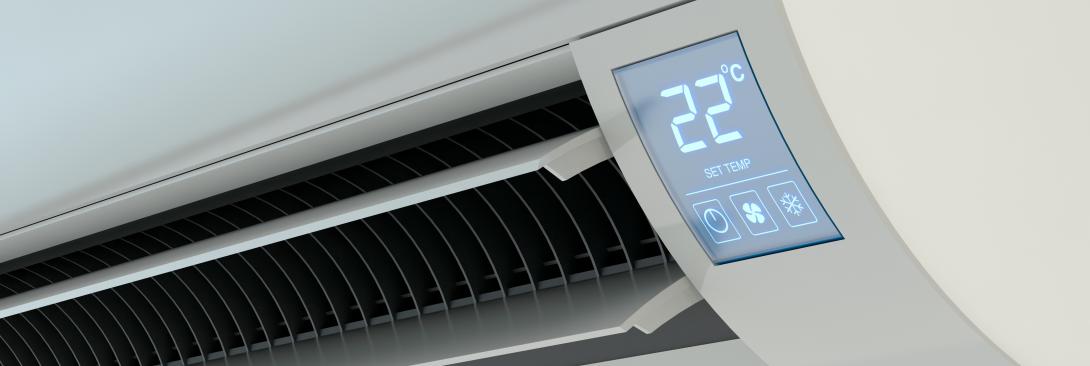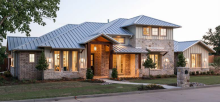Teaching Materials
Acknowledgment

HVAC High-Performance Comfort Systems
The term HVAC refers to the three disciplines of Heating, Ventilating, and Air-Conditioning. Such systems include mechanical components such as compressors, boilers, and furnaces, as well as ventilation systems, ducts, and controls, such as thermostats. High performance HVAC systems can save energy, lower utility bills and offer superior comfort and enhanced durability.
Heating and cooling account for about half of a typical home’s energy usage. High-performance HVAC systems are critical for lowering energy use and costs for individual homeowners and for collectively lowering energy consumption across the country.
Certified heating and cooling products, which include everything from room and central air conditioners and heating systems to ventilation fans and smart thermostats, are verified to perform at or above established thresholds. Choose ENERGY STAR-certified heating and cooling equipment for even greater energy savings. Remember that performance depends on quality installation and verification, including proper duct sealing, if applicable.
